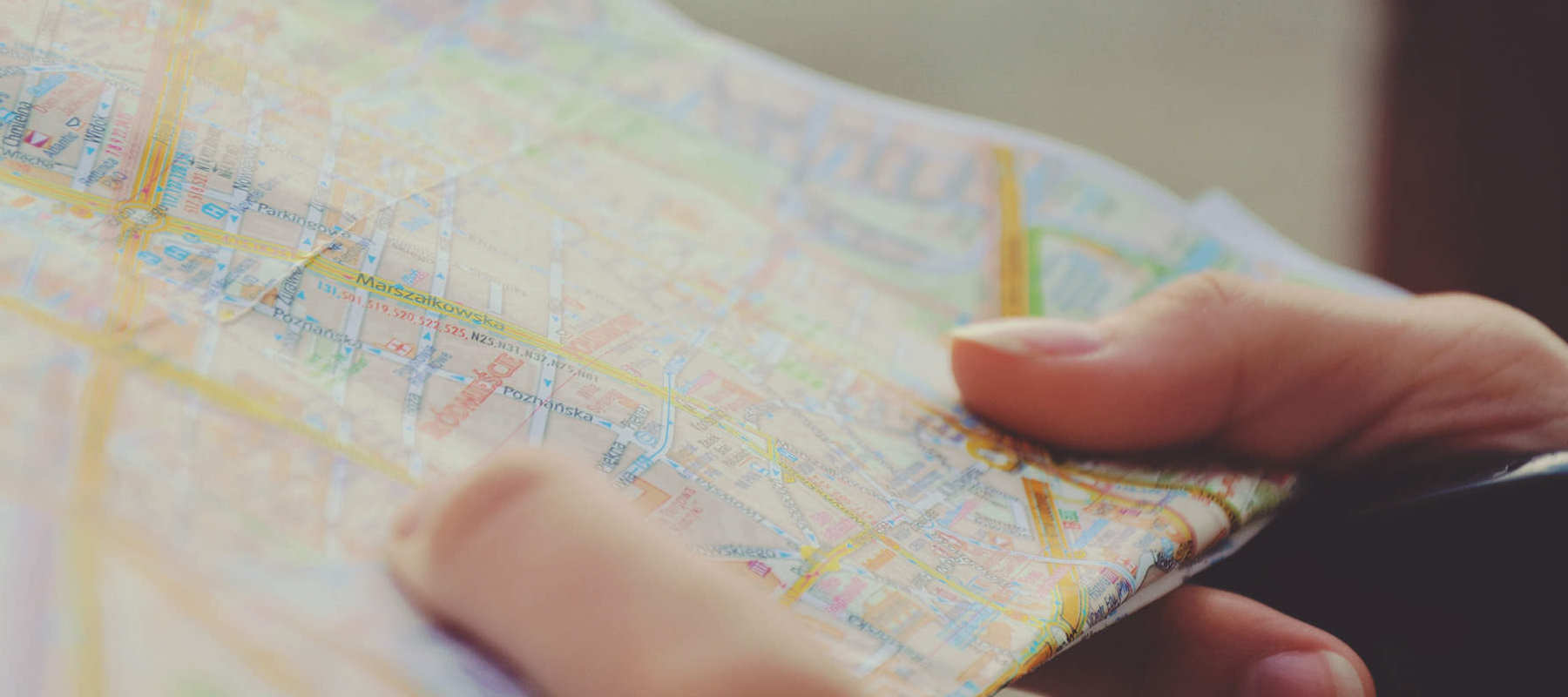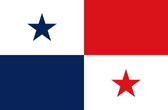
Call 0330 880 3600 Calls may be monitored or recorded. Opening Times.
- TRAVEL INSURANCE
- COVID-19 ENHANCED COVER
- More Options
- Help & Advice
- Existing Customers

Call 0330 880 3600 Calls may be monitored or recorded. Opening Times.

Need help?
UK Customer Services0330 880 3600*
Open Monday to Friday 9:00am to 6pm, Saturday 8:30am to 4pm and closed Sundays.
*Calls are recorded for training and quality purposes.
Other Guides

Official name: Republic of Panama
Capital city: Panama City
Languages spoken: Spanish (official), English widely understood in business and tourism
Population: Around 4.5 million
Currency: Panamanian balboa (PAB) and US dollar (USD)
Time zone: GMT-5
Driving side: Right
Climate: Tropical climate with high humidity; wet season from May to November and a drier season from December to April
Panama is best known for the Panama Canal, a global shipping hub linking the Pacific and Atlantic Oceans. The country balances modern city life in Panama City with rainforests, Caribbean islands, and Pacific beaches. Tourism has grown steadily, with highlights such as the San Blas Islands, Bocas del Toro, and hiking trails in the cloud forests of Boquete.
Panama forms the narrow isthmus that connects Central and South America. It is bordered by Costa Rica to the west and Colombia to the east, with coastlines on both the Caribbean Sea and the Pacific Ocean. The landscape includes tropical lowlands, volcanic highlands, and dense rainforests that are home to remarkable biodiversity.
Tocumen International Airport, near Panama City, is the main gateway with extensive connections across the Americas and to Europe. Domestic travel is easy thanks to a growing network of internal flights, buses, and ferries. Taxis and ride-hailing services are widely available in urban areas, while four-wheel drive vehicles are useful for more remote regions.
UK citizens can enter Panama visa-free for up to 180 days with a valid passport. Proof of onward or return travel may be required on entry. The British Embassy is located in Panama City, providing consular assistance to UK nationals.
Panama uses both the balboa (PAB) and the US dollar (USD), with the US dollar serving as the primary currency in circulation. ATMs are widely available in cities, and credit cards are commonly accepted, though cash is essential in rural areas and for small purchases.
Healthcare in Panama City and larger towns is generally good, with private hospitals offering modern services. Rural areas have more limited facilities. Tap water is safe in the capital but not always in other regions. Mosquito-borne diseases such as dengue and Zika are present, particularly in coastal and lowland areas. Travel insurance including medical evacuation is strongly recommended.